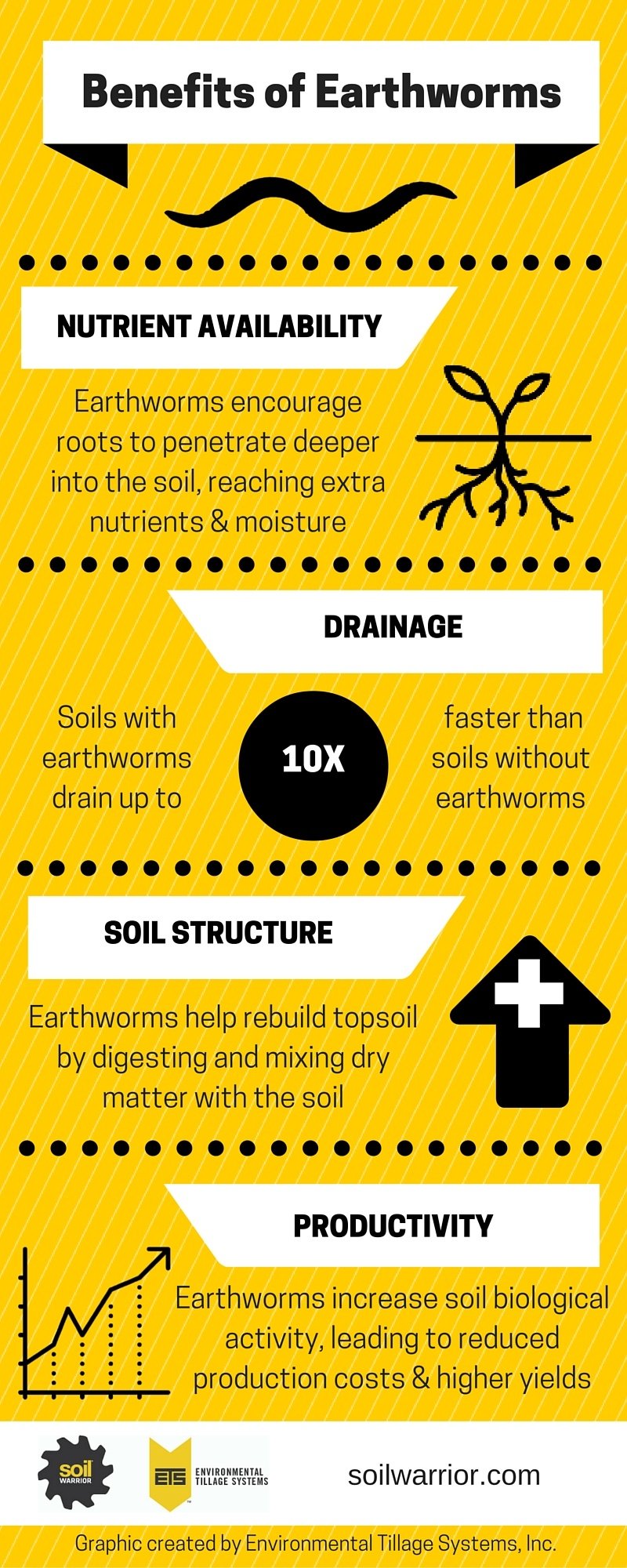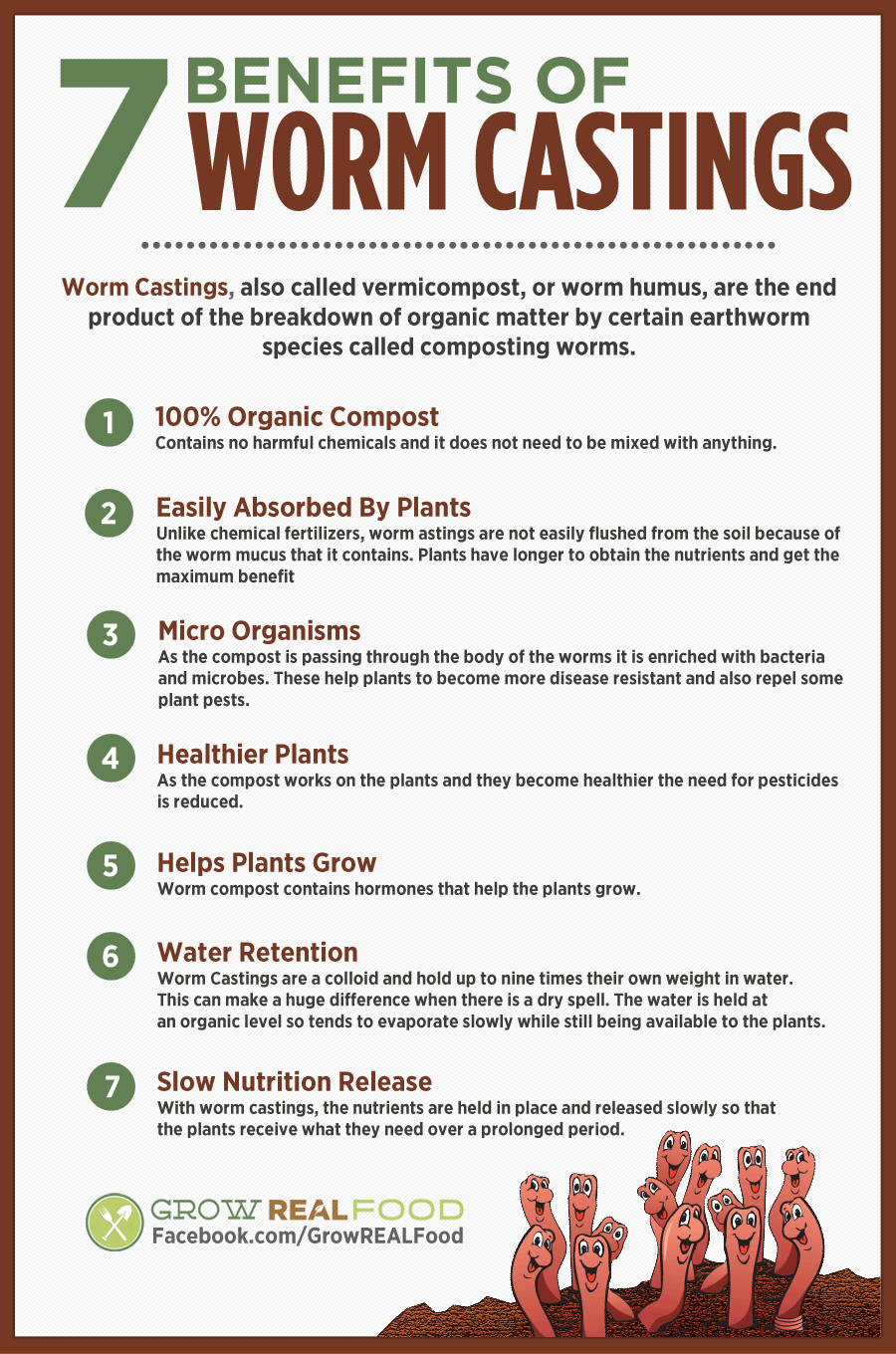9 Easy Facts About North Carolina Worms Shown
9 Easy Facts About North Carolina Worms Shown
Blog Article
Unknown Facts About North Carolina Worms
Table of ContentsSome Ideas on North Carolina Worms You Should KnowNot known Factual Statements About North Carolina Worms Some Ideas on North Carolina Worms You Should KnowThe Main Principles Of North Carolina Worms
Example: 1-gallon of worm castings to 4 gallons of potting mix. Do NOT make use of a potting mix that has chemical fertilizers in it. Review the labelit will certainly claim. 1/2 mug in all-time low of the growing hole for smaller sized plants. 1 cup for larger plants. ie. tomatoes, green peppers, summer season squash, and so forth.
The enhancement of tea can likewise include raised microbial biomass to your soil. You can always side-dress your plants with worm spreadings at any moment. Simply remember, the microbes will die if revealed to UV rays (Sun), so make certain to cover the castings with an inch or so of dirt.
This frustrated them for years until the screening approaches ended up being much better. It would get far better(with more castings), degree off, and then decline. Also many worm castings would certainly accelerate the growth to a rate that the plant could not recover from.
The Best Guide To North Carolina Worms
I have expounded the virtues of worm castings for regarding 2000 words. Worm spreadings are no different. It takes time to create high quality worm spreadings.
Worm spreadings definitely cost even more than chemical fertilizers. Worm spreadings are on the more affordable end of organic plant foods. (50 gallons per year) It is a much more challenging and extremely pricey financial investment to produce big amounts of worm spreadings.

In truth, creating a healthy dirt may be the greatest advantage of worm spreadings. Healthy dirt was talked about and how vital this has become to everyone. The top 10 benefits of worm spreadings were additionally presented. We discussed worm spreadings NPK and also the correct nutrient analysis that need to apply to worm castings.
Not known Details About North Carolina Worms
Lastly, we spoke about a few of the negative aspects connected with worm spreadings. I covered a great deal of material in this write-up. There are a great deal of links (interior and exterior). If you would certainly like more information on a specific subject, please click via the web links to read more. As always, do not hesitate to comment or ask questions.
The upright burrows are typically open, although the worms cover the leading with deposit and excrement. Roots need oxygen for their development, whereas they create carbon dioxide that needs to leave the soil.
Earthworms increase porosity by 2 devices: (1) by developing long-term burrows, and (2) by enhancing soil gathering. Gathering is improved by the mixing of dirt and natural matter in the earthworms' guts. Lenoir NC Worms For Sale. These highly secure aggregates are transferred by some earthworms in their burrows, and by others at the surface area of the soil


In another research study, earthworms were estimated to take in 4 to 10 percent of the top 6 inches of the soil every year. Dirt compaction decreases the porosity of the soil.
North Carolina Worms - Truths
Common earthworm populations can conveniently eat 2 lots of completely dry matter per acre per year, partially absorbing and mixing it with soil. The importance of earthworms to blend surface residue with dirt ends up being extremely clear in soils that do not have any kind of earthworms. A lot of our Pennsylvania soils contend the very least some earthworms, and the effect of their total absence, therefore, can not be kept in mind.
(https://blogbangboom.com/members/northcarolinaworms/profile/)In these soils, the formation of topsoil with sensible raw material web content did not happen, resulting in inadequate plant development. As soon as the reason was developed, the federal government of the Netherlands began a campaign to introduce earthworms. After the introduction of the earthworms, a dark topsoil layer was developed, and crop growth enhanced substantially.
They live mostly from partially disintegrated raw material that is already incorporated in the dirt. They consume their means with the soil, producing horizontal burrows that they loaded with their waste matter. These varieties consume big amounts of soil that they blend with absorbed crop residue in their guts. or anecic varieties stay in long-term vertical burrows that can be 5 or 6 feet deep.
These types ingest significant quantities of dirt that they mix with absorbed residue in their digestive tracts. Their excrement is primarily transferred at the surface of the dirt.
Report this page